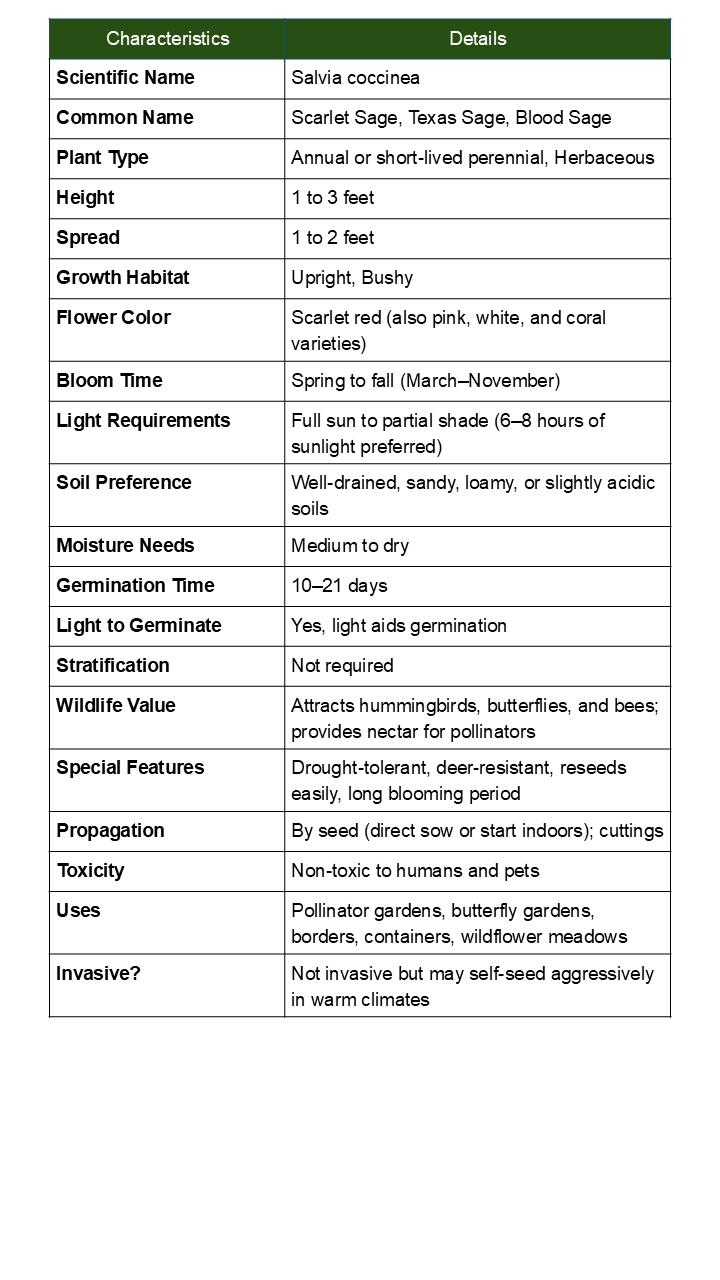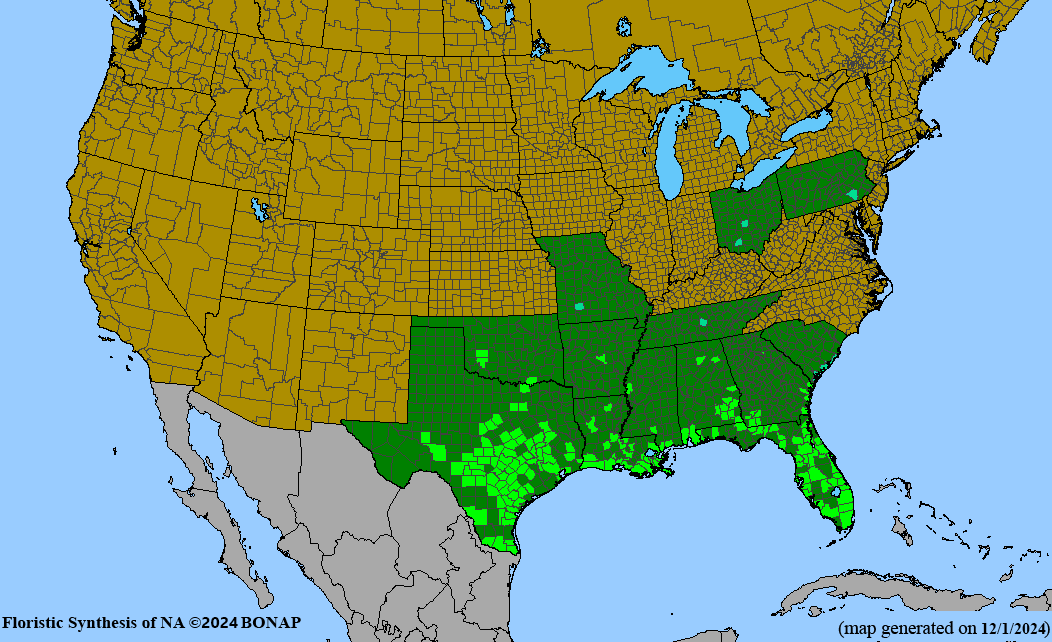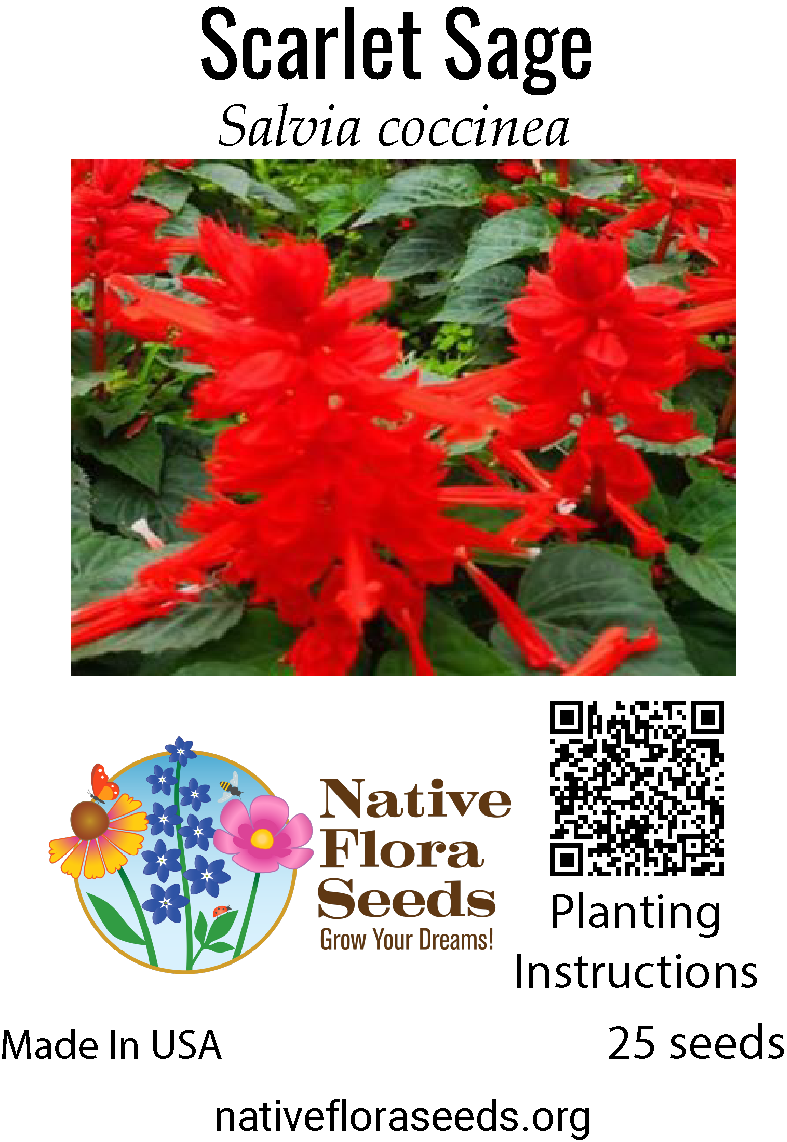Scarlet Sage Seeds - Native Wildflower (Salvia coccinea) for Hummingbird Gardens
Regular price$4.00
/
Tax included.
3 reviews
Description
🌺 Experience the Vibrant Beauty of Scarlet Sage
Discover the spectacular charm of Salvia coccinea, a stunning native annual that creates masses of brilliant red tubular flowers from summer through fall. This heat-loving wildflower is a hummingbird magnet, bringing both dazzling color and incredible wildlife activity to your garden with its continuous blooms and irresistible nectar.
✨ Key Features:
- Height: 1-3 feet tall with bushy, upright habit
- Bloom Time: June through October (continuous blooming)
- Flower Color: Brilliant scarlet-red tubular flowers
- Native Range: Southeastern United States
- Life Cycle: Annual that readily self-seeds
- Sun Requirements: Full sun to partial shade
🦋 Outstanding Wildlife Benefits:
- Hummingbird magnet - Essential nectar source for ruby-throated hummingbirds
- Attracts butterflies, native bees, and beneficial insects
- Long blooming period provides consistent pollinator support
- Seeds provide food for birds through fall and winter
- Heat-tolerant blooms when many other flowers struggle
🌱 Easy Growing Guide:
- Soil: Well-drained soils, tolerates poor conditions
- Heat Tolerance: Excellent for hot, humid climates
- Maintenance: Low maintenance, deadhead for continued blooms
- Germination: Direct sow in spring after frost danger passes
- Spacing: Plant 12-18 inches apart for mass displays
🏡 Garden Uses:
Perfect for hummingbird gardens, cottage gardens, cutting gardens, and naturalized areas. Creates stunning displays in containers and mixed borders.
Transform your garden into a hummingbird paradise while enjoying months of brilliant red blooms. This heat-loving native brings both spectacular color and essential wildlife habitat to sustainable gardens.



